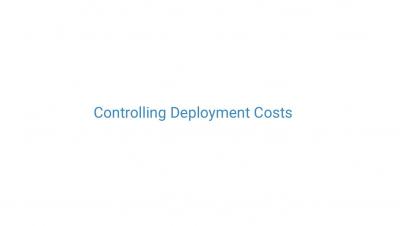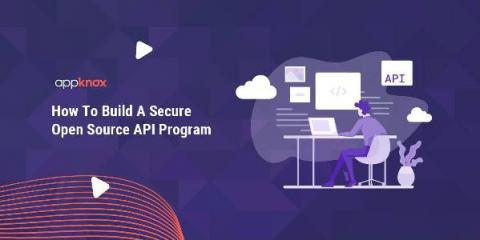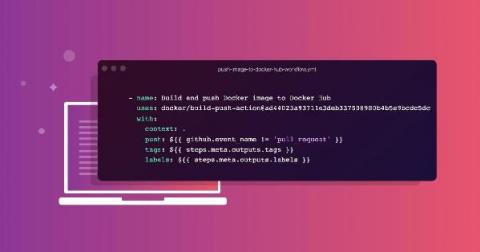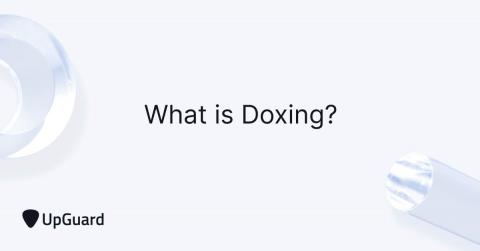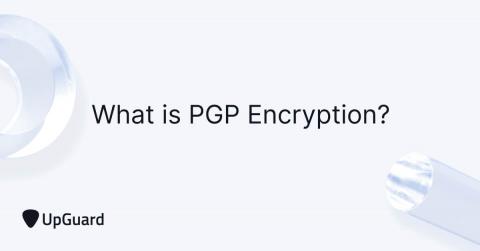Security | Threat Detection | Cyberattacks | DevSecOps | Compliance
Security
Controlling Deployment Costs
What is HECVAT and Why is it Important?
Higher education has increasingly been attracting the attention of cybercriminals. In March, the FBI released an advisory in response to a barrage of ransomware attacks on schools, and Inside Higher Education recently reported that colleges and universities are becoming favorite victims of bad actors. It's not just colleges themselves that are being targeted; their vendors and third parties are being attacked in the hopes of compromising an institution’s data.
AT&T Cybersecurity announces enhanced, simplified MSSP Partner Program
At AT&T Cybersecurity, we believe in the exceptional expertise of our managed security service provider (MSSP) partners. That’s why we are delighted to announce the launch of our new, simplified MSSP Partner Program that will help enhance your business. Our aim is to enable our MSSP partners to successfully monetize security capabilities and achieve exceptional growth and profits by delivering superior, next-generation managed security services to customers.
How To Build A Secure Open Source API Program
API security is one of the most important aspects of cybersecurity. The rise of new technologies like microservices, cloud-native applications, IoT devices, single-page applications, serverless, and mobile has led to increased use of APIs. Any internal application elements are now APIs connecting with one other through a network. A game API lets your applications and web services communicate with one another and share information such as rules, settings, specs, and data.
How to publish Node.js Docker images to Docker Hub registry using GitHub Actions
In a previous post, we presented a step-by-step tutorial on how to publish Node.js Docker images to GitHub Packages registry using GitHub Actions. In this post, we’ll focus on publishing the Docker image that we build to the public Docker Hub registry. Why is this useful you might ask? The Docker command line application docker has a default registry setting for docker.io which points to the Docker Hub registry.
Top 5 Security Testing Types with Tools & Examples
Technology has shaped the world magnificently and has become a driving force for businesses and organisations. From academia to big enterprises, everyone is enjoying the perks of technological advancement in the form of applications, IoT devices, online shopping and businesses, portals, etc. including amateur to non-technical people, everyone now utilises some form of a networked-enabled communication system such as email, social media, etc.
Brain Break from Fal.Con for Public Sector: Judgment Panda Threat Intel Highlight
What is Doxing? How to protect yourself from internet humiliation.
Doxing is the act of publishing private or identifying information about an individual or organization on the internet. Doxing is short for Dropping Dox (documents), and it only has negative connotations. The intention of doxers is to harass victims by revealing information that's either incriminating, defamatory or just immensely embarrassing. Doxing is sometimes spelled as Doxxing.
What is PGP encryption? How it works and why it's still reliable.
PGP encryption (Pretty Good Encryption) is a data encryption program used to authenticate and provide cryptographic privacy for data transfers. PGP encryption is used to secure all forms of data and digital transmissions. It's capable of encrypting and decrypting: PGP is a quick-to-implement and cost-effective encryption method.



